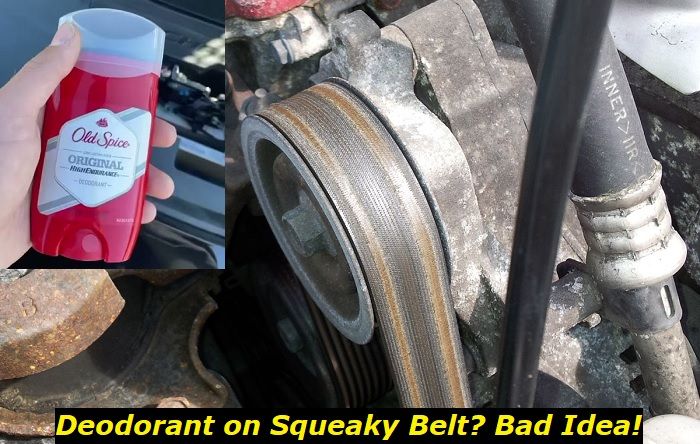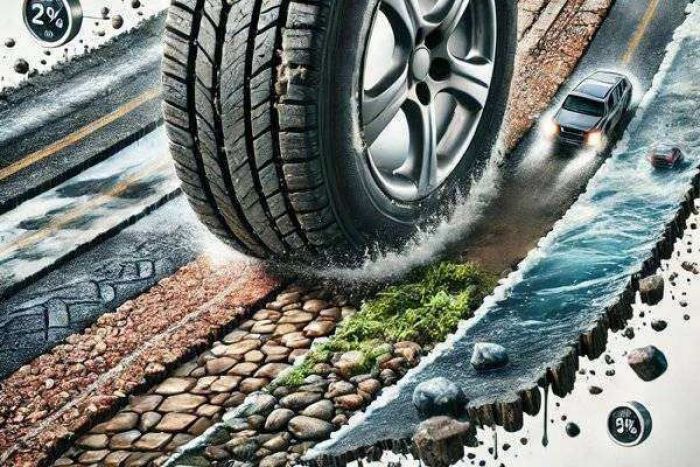Have you noticed that your car is shaking at higher speeds? Yet there isn't any visible engine problem (no smoke, no strange noises)? This is likely due to wear on the engine cambelt.
Key features and my opinion about the engine
- Production years:2009-2018
- Average lifespan of 1.2 TSI:150,000-180,000 miles
- Fuel supply type:direct injection
- Power range:86-105 hp
- Fuel efficiency:good
- Engine block material:aluminum
- Engine reliability score:low
- The most common problems:earlier engines had chains that were weak, oil consumption, intake valves are covered with carbon buildup, turbochargers aren't durable.

What is VW 1.2 TSI Engine Cambelt?
The cambelt is a component of the engine that drives the camshafts. It is responsible for opening and closing valves at the right time to let fuel and air enter the combustion chamber, which mixes with gasoline and ignites.
This is a maintenance item, and you are advised not to drive the car if the engine light comes on, as this could cause severe damage to your engine.
The lifespan of VW 1.2 TSI Engine Cambelt
The 1.2 TSI engine is a very reliable unit, but there are some things you should know about it before you take your car into the garage. The lifespan of a cambelt on a VW 1.2 TSI engine is around 150,000 miles or 240,000 kilometers, depending on how well it was maintained. The manufacturer recommends to check it every 20,000 miles after that and then replace when needed.
Also, it varies depending on how you drive your car and take care of it. Regular driving habits can reduce the lifespan of an engine cambelt or if the car has been poorly maintained.
You can also check how old your current cambelt is by looking at the date stamp on it.
VW 1.2 TSI Engine Cambelt Problems
The VW 1.2 TSI engine is prevalent and used in many vehicles. The cambelt on these engines is prone to failure and can cause expensive damage if not replaced at the recommended intervals.
The problem with the cambelt on these engines is that it is made of rubber which tends to crumble over time, and when it does this, it will not be able to do its job correctly.
When this happens, you should replace your engine belt as soon as possible because if you don't, your engine may suffer catastrophic damage, costing you thousands of dollars to repair.
You should always change your engine cambelt at the recommended intervals, usually between 60-100K miles, depending on how hard you drive your car and where you live (in hot countries or cold climates).
If you keep track of your mileage or need to remember when you last changed your cambelt, then you should visit an expert garage and ask them to help out with this problem by changing it for you.
VW 1.2 TSI Engine Cambelt Diagnosis
The VW 1.2 TSI cambelt is the rubber belt responsible for controlling the timing of your vehicle's engine. As a result of its function, the camshaft and crankshaft rotate in lockstep with each other.
Cambelts are likely to require replacement at some point in time. When you suddenly notice that your car performs in an abnormal manner, you can usually tell that it needs to be changed. As you read this article, you will be able to determine the main red flags that mean it is time to replace the cambelt on your VW 1.2 TSI engine.
- Terrible Noise
Sometimes, the engine will produce a roaring sound while the car is running; this is most likely to happen when the vehicle is started and the engine has yet to warm up.
Depending on the sound, the noise can be whining, gurgling, grating, squeaking, or buzzing. A squeaking sound is typical for a loose belt, hinting that it is worn and needs to be replaced.
Despite the belt being relatively new, adjusting its tension should still be done, but the belt should also be visually inspected for abnormal wear.
- Start-up Troubles
Whenever the engine cambelt has a problem, it is possible that your vehicle won't start because the camshaft won't rotate without the belt.
It is possible to diagnose this just by looking at the camshaft as you rotate the crankshaft. If the camshaft is not rotating, then the belt is broken.
What Damage Will the Belt Break Cause to My VW 1.2 TSI Engine?
The engine type determines the amount of collateral damage you can sustain if your belt breaks. A belt break could severely damage valves and other engine components in interference engines.
A noninterference engine typically suffers less damage than an interference engine. But if the cambelt is broken and other parts are damaged, you will still have to spend a lot of money on replacing them.
People Also Ask
- Is 1.2 TSI a chain or belt?
Starting with 2015, Volkswagen used belts on these engines. While previously, they installed chains which didn't make it any easier for the owner because chains were faulty, too.
- Is driving my VW 1.2 TSI with a broken cambelt safe?
If it's broken, you just can't drive it. The vehicle won't start at all. Also, if the belt jumped one tooth, you can still drive the car, but the quality of driving will be terrible, so better avoid it.
- How do I know if my VW 1.2 TSI engine cambelt requires replacement?
Just check the cambelt every 60,000 miles or so to avoid issues. After the vehicle reaches 150,000 miles, better check up the belt more often or just replace it with the new one.
Final Words
We hope this guide has given you a good overview of the VW 1.2 TSI engine cambelt, its lifespan, problems, and how you can quickly diagnose it. But note that if you have any kind of trouble with the VW 1.2 TSI engine, it is imperative to have a VW 1.2 diagnostic device. All systems of your car can be checked, and possible problems will be detected immediately with the help of this diagnostic device.
About the authors
The CarAraC research team is composed of seasoned auto mechanics and automotive industry professionals, including individuals with advanced degrees and certifications in their field. Our team members boast prestigious credentials, reflecting their extensive knowledge and skills. These qualifications include: IMI: Institute of the Motor Industry, ASE-Certified Master Automobile Technicians; Coventry University, Graduate of MA in Automotive Journalism; Politecnico di Torino, Italy, MS Automotive Engineering; Ss. Cyril and Methodius University in Skopje, Mechanical University in Skopje; TOC Automotive College; DHA Suffa University, Department of Mechanical Engineering






Add comment